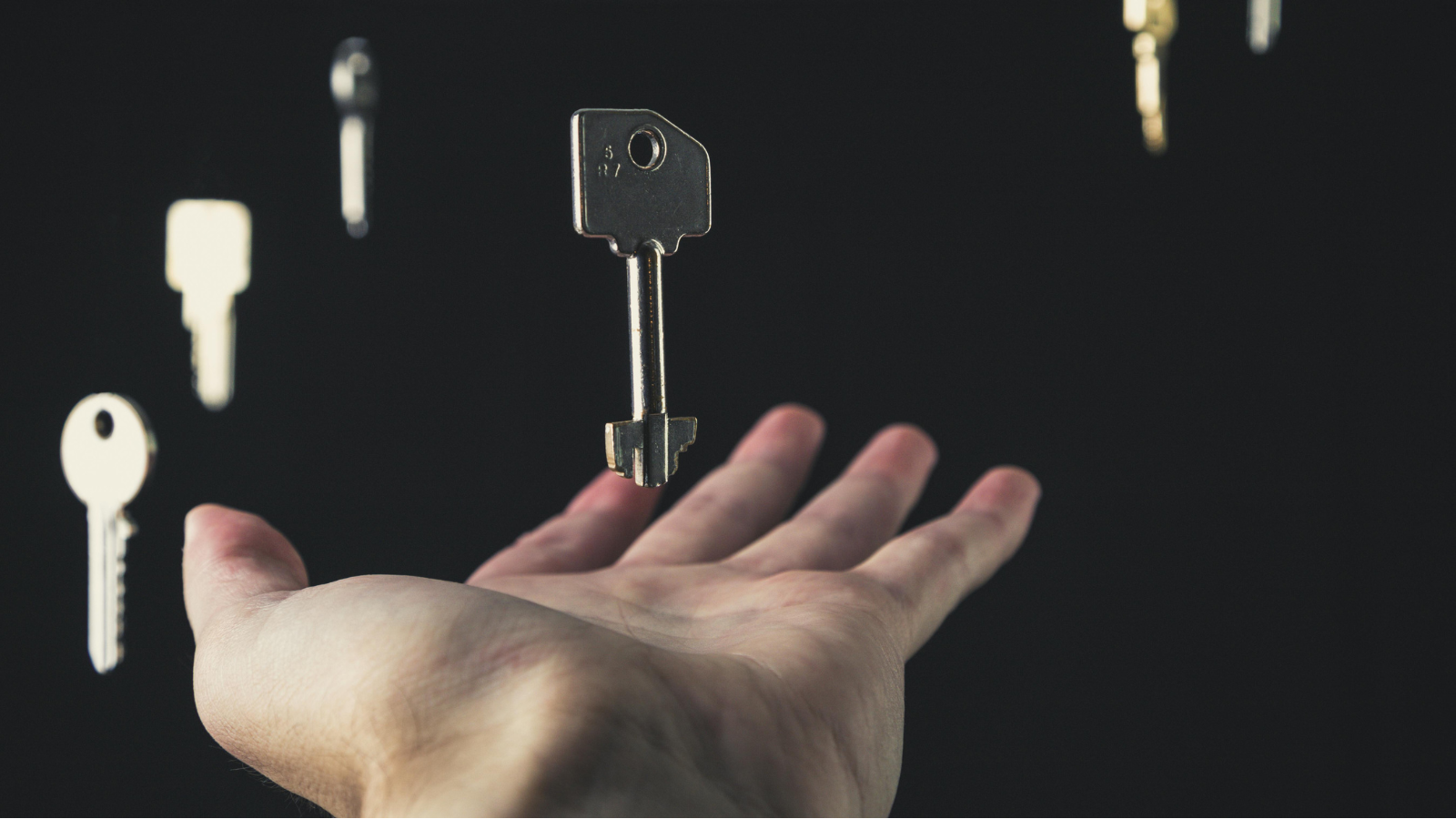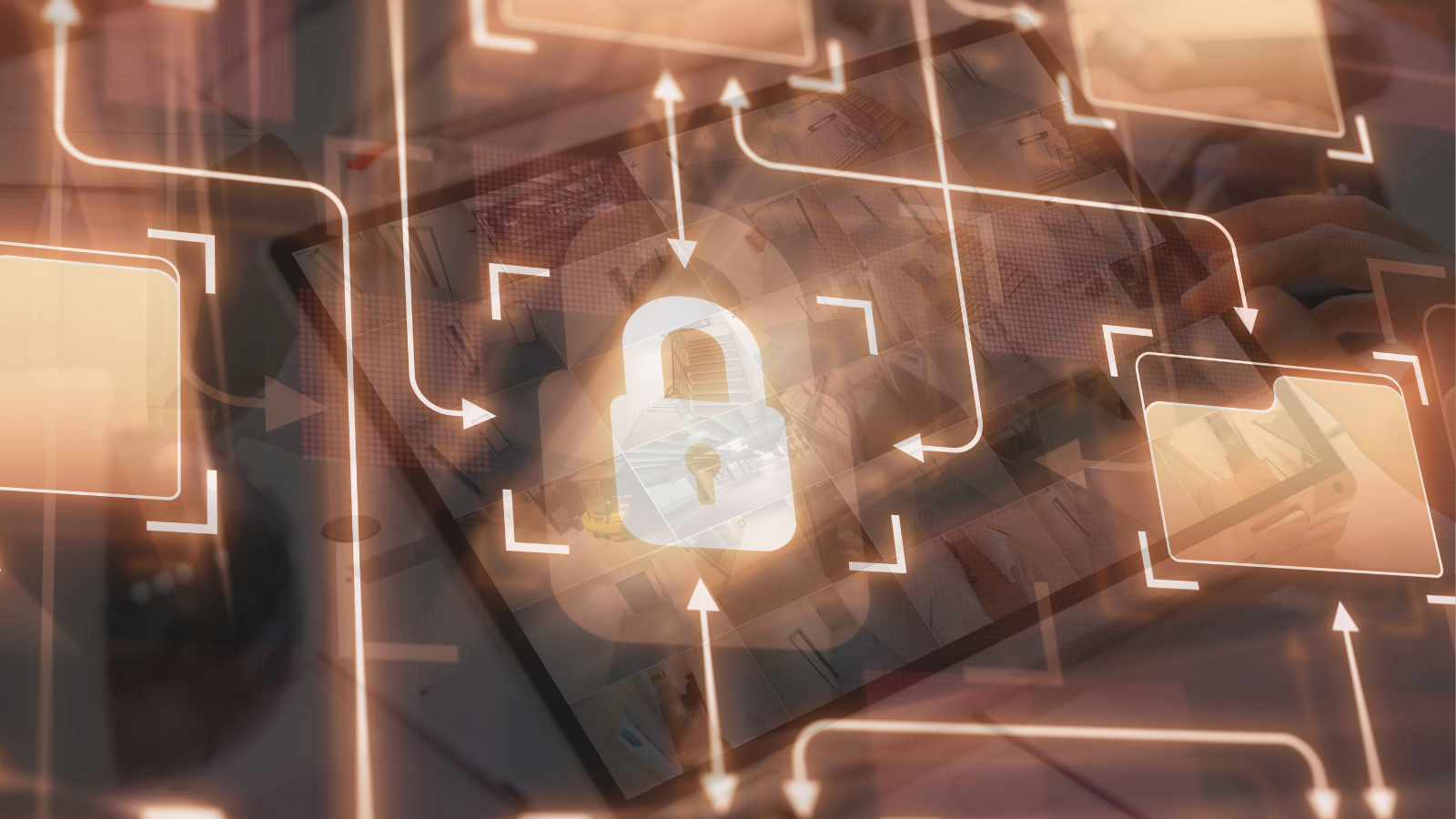As retail security evolves, so do the challenges that accompany it. Organized Retail Crime (ORC) is growing more aggressive, shoplifting techniques are becoming increasingly sophisticated, and insider theft continues to impact profits and trust.
At the same time, advancements in technology are reshaping how retail security teams safeguard assets, employees, and customers.
In this article, we’ll explore the key trends shaping retail security in 2025 and offer actionable insights to help your team protect what matters most.
Retail security challenges
The retail industry is grappling with a complex mix of escalating threats and emerging risks. According to the National Retail Federation (NRF), shoplifting alone accounts for 36.5% of retail shrink, costing businesses billions of dollars each year. Organized Retail Crime (ORC) and insider theft further compound these losses, putting additional strain on security teams.
But theft isn’t the only challenge. Retailers are also struggling to maintain a robust physical security infrastructure amid a constantly shifting threat landscape and widespread supply chain disruptions. These factors are creating a ripple effect of difficulties that extend beyond just security.
- Slow adaptation: Equipment delays create gaps in defenses, increasing breach potential.
- Rising costs: Security challenges and supply chain issues strain budgets and margins.
- Operational strain: Effective security management requires agility and expertise, often limited by staffing and economic pressures.
To thrive in this environment, retailers must address these challenges head-on with strategies that are both flexible and forward-thinking.
Technological Trends Shaping Retail Security for 2025
The future of retail security lies at the intersection of technology and strategy. Innovations like AI, IoT, and cloud-based solutions are transforming how retailers monitor, manage, and secure their spaces.
Here’s a look at some of the technologies reshaping the industry:
AI-driven video analytics
Gone are the days of passively reviewing footage. AI-powered cameras can detect theft, suspicious behavior, and even patterns that indicate future risks. They don’t just catch incidents—they prevent them.
Examples of AI-powered applications include:
- Identifying shoplifting: AI can analyze customer behavior, such as movements and interactions with merchandise, to identify potential shoplifting attempts.
- Detecting organized retail crime: Systems can be trained to recognize patterns associated with ORC groups, such as multiple individuals working together or using specific tactics.
- Monitoring high-risk areas: AI can focus on areas with a history of theft or suspicious activity, optimizing surveillance efforts.
Cloud-based security and remote monitoring
Cloud technology is streamlining operations across multi-location retailers. With centralized, remote access, security teams can monitor and manage systems in real-time, respond to incidents faster, and reduce the need for on-site maintenance.
Examples of cloud-based security applications:
- Video surveillance: Cloud-based video surveillance systems allow for remote monitoring, storage, and analysis of footage from all locations.
- Access control: Remote access control systems let security teams manage employee permissions in real time, streamlining the process of granting or revoking access across multiple stores.
- Intrusion detection: Cloud-connected alarm systems provide real-time alerts and remote monitoring of intrusion attempts.
- Lifecycle management: Modern platforms enable tracking and management of the entire lifecycle of physical security assets, from installation to upgrades and maintenance, helping retailers stay ahead and minimize downtime.
SiteOwl acts as your single, centralized platform to manage all your cloud-based security systems—from video surveillance and access control to intrusion detection and asset lifecycle management. By uniting these tools in one easy-to-use dashboard, SiteOwl streamlines oversight, improves response times, and ensures consistent security across all your locations.
Integrated smart building technologies
Access control systems are no longer standalone solutions. They now integrate with lighting, energy management, and HVAC systems to create safer, more efficient retail environments that align security with operational goals.
Benefits of integration for retailers include:
- Enhanced security: Integrated systems provide a more comprehensive and proactive approach to security, reducing risks and improving response times.
- Improved efficiency: Automation and optimization of building systems lead to cost savings and reduced environmental impact.
- Enhanced Customer experience: A safer and more comfortable environment contributes to a positive customer experience.
- Data-driven insights: Integration provides valuable data that can be used to improve security, optimize operations, and make informed business decisions.
As technology transforms retail security, success depends on more than just adopting innovations—it’s about using them strategically.
Ten Insights Every Retail Security Team Should Know for 2025
Managing security across multiple retail locations comes with unique challenges. To help your team stay ahead, here are ten key insights every retail security team should know for 2025.
1-Organize retail crime will remain a challenge
ORC activity rose by 27% in 2023, according to the National Retail Federation, and is expected to increase further, costing retailers billions annually. To combat this, retailers must invest in smarter surveillance tools and collaborate with law enforcement to stay ahead of evolving tactics.
2-Physical security is just as critical as cybersecurity
While cyber threats make headlines, maintaining robust physical security systems remains essential to protecting stores and customers. A holistic approach that integrates both physical and cyber protections will ensure no security gaps are left exposed.
3-Insider threats demand attention
Workplace violence incidents in retail increased by 17% year over year. Strengthen employee training and implement security measures to mitigate these risks.
4-AI video surveillance is becoming a priority
70% of retailers plan to invest in AI-powered surveillance by 2025 to improve theft and fraud detection capabilities. AI systems not only improve accuracy but also reduce the burden on security staff by automating real-time monitoring.
5-Access control is transforming before our eyes
Cloud-based access control adoption is projected to grow by 38%, offering better oversight and streamlined management across multiple locations. These systems also enable real-time adjustments, such as restricting access during emergencies or after employee terminations.
6-Employee theft will remain a major concern
With employee theft accounting for 33% of shrink, conducting regular internal audits and implementing preventive measures is critical. Investing in anonymous reporting systems can encourage staff to report suspicious behavior without fear of retaliation.
7-Warehouse security can’t be overlooked
Cargo theft incidents have risen by 25%, with electronics and apparel being prime targets. Using technologies like GPS tracking, RFID tags, and secure loading dock systems can greatly reduce theft risks.
8-Security perception will remain important part to customers
67% of shoppers feel safer when visible security measures are in place, but overly aggressive tactics like excessive bag checks can harm the customer experience. Balancing visibility with subtle, customer-friendly measures like well-placed cameras and approachable security staff can make a positive impression.
9-Vendor accountability will be more crucial than ever
Only 46% of retailers trust their third-party vendors’ security protocols. Regular vendor assessments and requiring clear compliance with security standards can help ensure vendor reliability.
10-Lifecycle management will be the driver of physical security savings
Proactive system maintenance can save 8% to 12% compared to preventive maintenance and up to 40% compared to reactive maintenance, making it an essential focus for cost-effective security management. Using centralized platforms like SiteOwl can simplify tracking, maintenance schedules, and system upgrades to keep costs under control.
Lifecycle management: The key to smarter physical security
Staying ahead of retail security challenges takes more than adopting new technology. It requires a proactive approach to managing physical security systems
SiteOwl empowers retail teams to centralize security operations, automate routine tasks, and maintain full oversight. This ensures vulnerabilities are addressed early, systems perform at their best, and downtime is minimized.
As retail continues to evolve, lifecycle management is the cornerstone of smarter, more effective security programs. Ready to take the next step? Request a demo or explore one of our expert resources to see how SiteOwl can transform your security strategy.

Su Subburaj
Su is SiteOwl's CMO and leads all marketing and communications. Su has extensive strategy and management consulting experience and previously consulted for 3Sixty Integrated where she gained an in-depth understanding of digital transformation challenges in the physical security industry. When not working on strategies to expand SiteOwl's footprint, Su enjoys bad karaoke, weightlifting and traveling.




